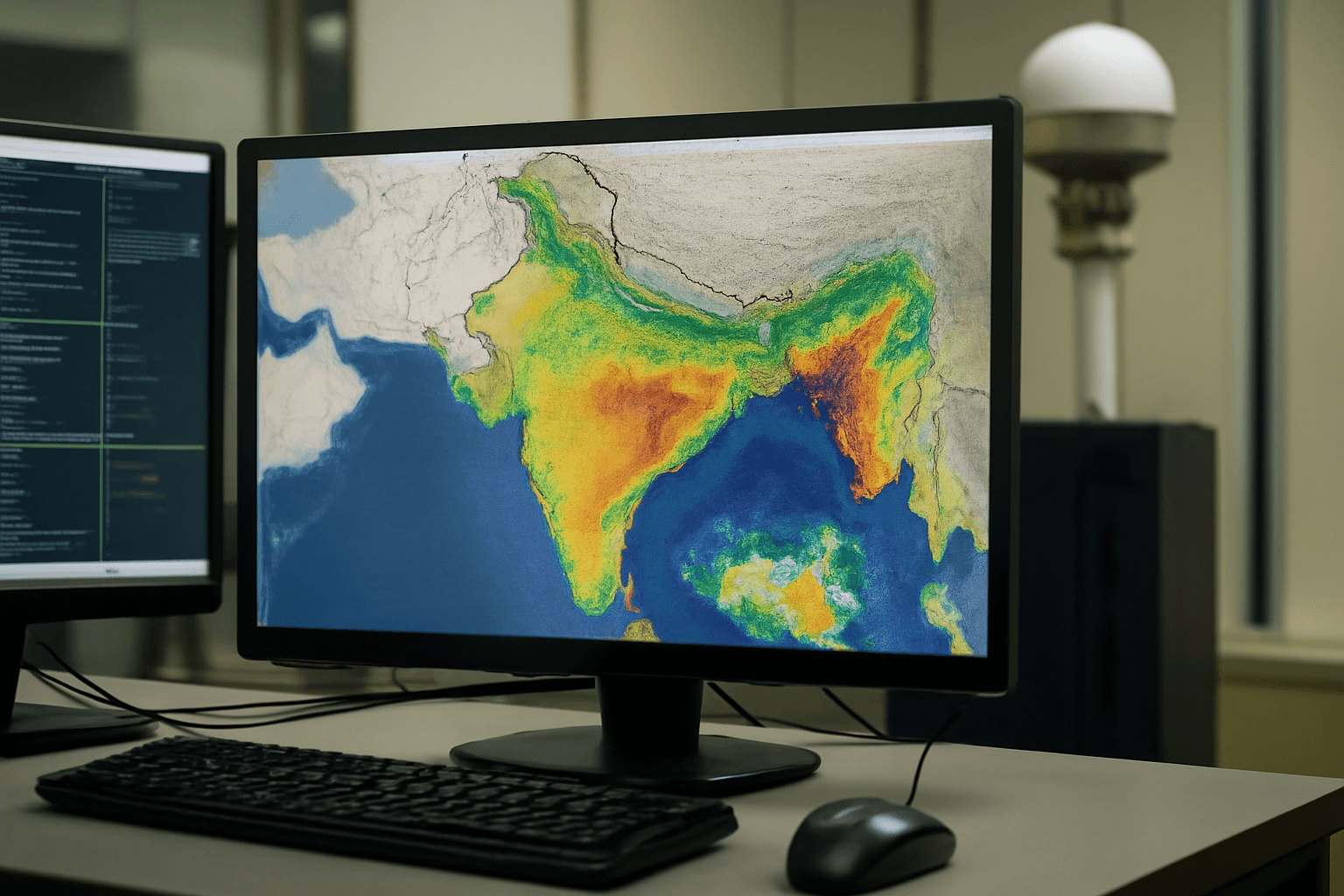Typhoon Podul Makes Second Landfall in China
After unleashing severe weather across Taiwan, Typhoon Podul weakened into a severe tropical storm before making a second landfall in Zhangpu County, Fujian Province, China. Chinese state media Xinhua, referring to the provincial meteorological observatory, reported that sustained winds reached up to 108 km/h (67 mph) at the time of landfall early Thursday.
Devastating Impact in Taiwan
Taiwan bore the brunt of Podul’s initial assault on Wednesday, with recorded wind gusts soaring as high as 178 km/h (111 mph) in Taitung County, according to Taiwan's Central Weather Administration (CWA). The powerful storm disrupted daily life across the island of 23 million residents, toppling trees, triggering flooding, and causing widespread power outages that left over 63,000 households in the dark.
Local authorities evacuated more than 8,000 people as a precautionary measure. Tragically, one person remains missing after being swept away while fishing, with at least 112 individuals injured amid the storm’s fury.
Infrastructure and Transport Disruptions
- All domestic flights canceled nationwide, plus dozens of international flights
- Reduced high-speed rail service on Taiwan’s west coast; southeastern train routes suspended
- Suspension of multiple ferry routes
- Closures of schools and businesses, particularly in the southern regions
CWA Administrator Lu Kuo-chen emphasized the looming threat of heavy rainfall, highlighting that Kaohsiung, Tainan, and Chiayi were expected to become intense rainfall hotspots, with additional heavy rain forecast for the offshore islands of Penghu and Kinmen.
Emergency Response and Preparedness
Disaster management officials mobilized over 31,500 soldiers to assist with rescue and recovery operations. Mountainous areas in Kaohsiung and Tainan face potential rainfall accumulations between 400–600 millimeters (16–24 inches) from Tuesday to Thursday, raising concerns about landslides and flooding risks.
Regional Ripple Effects in Mainland China
In China, the storm's impact prompted suspension of classes in parts of Guangdong Province, alongside temporary halts in train and ferry services, according to state broadcaster CCTV. Neighboring provinces such as Hunan and Jiangxi also brace for heavy to torrential rain, a reminder of the far-reaching consequences of tropical cyclones traversing the East Asian coastline.
Typhoon Podul in Context: A Pattern of Increasingly Intense Storms
Podul’s arrival follows a string of extreme weather episodes in Taiwan this summer. Earlier, Typhoon Danas struck in early July, resulting in two fatalities, hundreds of injuries, and more than 500 millimeters of rain dumping over southern Taiwan. That event was followed by a week-long deluge from late July into early August, which led to at least five deaths and surpassed Taiwan’s entire average annual rainfall in some places.
Across China, natural disasters such as floods, mudslides, and heatwaves have been devastating this season. Recent flash floods in northwest China have claimed at least 13 lives, and severe rain in Beijing's suburbs last month caused 44 fatalities, while landslides in Hebei province killed another eight people. These incidents underscore the heightened vulnerability of populations to extreme weather events.
Climate Change Amplifies Risks
Scientists attribute the intensifying severity and frequency of such catastrophic storms to human-induced climate change. The warming atmosphere and oceans enhance moisture retention and evaporation, respectively, creating conditions ripe for stronger storms and heavier downpours. This phenomenon turns typhoons like Podul into complex challenges for disaster management and infrastructure resilience across East Asia.
Looking Ahead
As Podul weakens but continues its path through southeastern China, authorities remain vigilant. The storm serves as a stark reminder of the urgent need for robust climate adaptation strategies, improved emergency response frameworks, and regional cooperation in mitigating the growing toll from natural disasters imposed by a changing climate.
Editor’s Note
Typhoon Podul’s recent trajectory sheds light on the broader challenges posed by increasingly volatile weather patterns in East Asia. While immediate responses focus on saving lives and restoring services, a pressing question looms: how can policymakers integrate climate resilience into infrastructure and disaster readiness to safeguard millions from future events? Understanding these complexities is essential as climate change continues to reshape the region’s weather extremes.



















